Hürtgenwald
The most famous military battlefields on the western front are undoubtedly Normandy, Holland (Operation Market Garden) and the Ardennes offensive (Battle of the Bulge). But besides these, there were of course other lesser-known battles whose importance cannot be underestimated. One of these battles took place between September and mid-December 1944 in Hürtgenwald in western Germany. The battle for the Hürtgenwald is the longest battle American forces have ever fought and was aimed to prevent German reinforcements from being sent north to fight in the Operation Market Garden (see Arnhem and Nijmegen). The Germans offered fierce resistance and took advantage of West Wall (Westwall) fortifications and bunkers. This made it difficult for the Americans to break down the German resistance. The area also consisted of very difficult terrain and it was difficult for the Americans to find alternative roads. This was used by the Germans, making it easier for them to fight the American forces.
Military historians have questioned the operation because the American commanders should have realized in advance the problematic of using tanks and inexperienced military personnel in an area like Hürtgenwald. Add that the Americans underestimated the morale of the German forces, which, despite adversity, was still strong. Especially when the war came to Germany itself. Hürtgenwald was also used by the Germans for their preparations for the upcoming Ardenner offensive in December 1944. The Americans never managed to gain control of the area, and when the germans launched the Ardennes offensive on December 16, the battle was over and a new on took over.
During the fighting in the autumn of 1944, Private Robert Cahow, USA, from the 311th regiment, reported the 78th infantry division missing in battle. There is really nothing remarkable about this because there are thousands of soldiers whose fate and remains could never be determined. However, Cahow’s remains were found 56 years later and brought back to the United States where he was buried.
Current status: Museum/monument/cemeteries (2022).
Location: 50°39'38.94 N 06°19'44.65 E (Robert Cahows grav).
Get there: Car
Follow up in books: McDonald, Charles B: The Battle of the Huertgen Forest (2002).
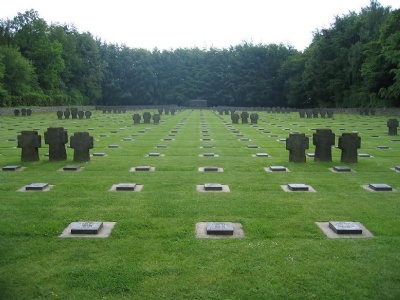

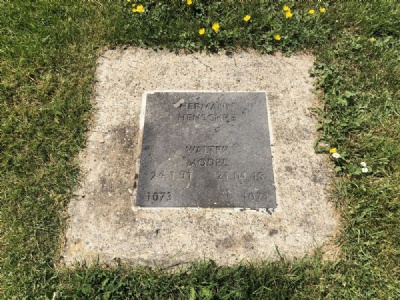


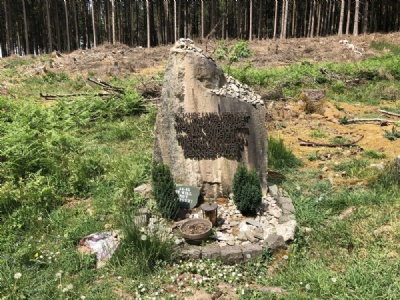
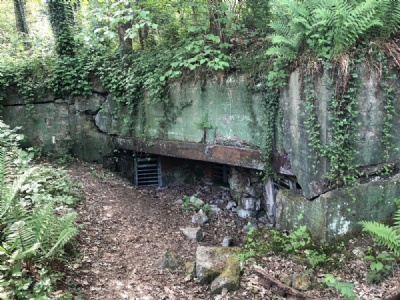
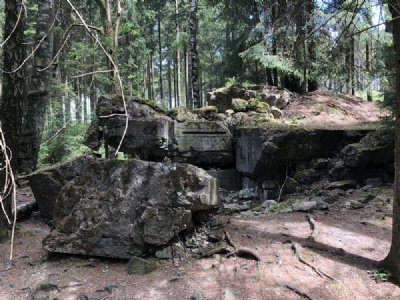

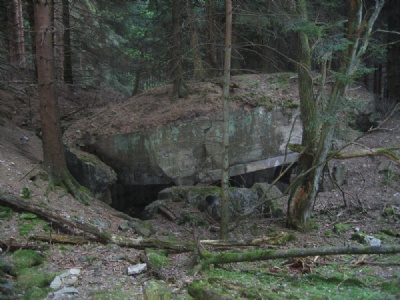
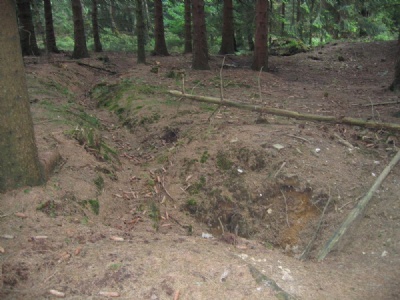
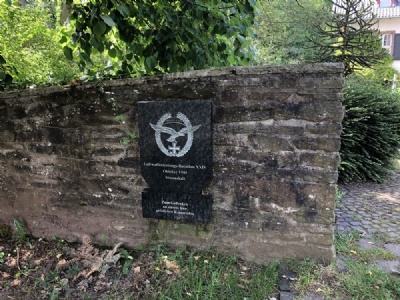
Hürtgenwald is overshadowed by the more famous battles on the western front, Normandy, Arnhem, Ardennes and Monte Cassino. But for those who are interested in military history, Hürtgenwald is a gold mine. In the forest around Simonskall there are many bunker ruins and foxholes as well as a memorial tablet for Luftwaffe crew. In Raffelsbrand there is Robert Cahow’s symbolic grave and in Vossenack there is a German War Cemetery where Field marshal Walter Model is buried. The commerce around Hürtgenwald is nowhere near what it is in the Ardennes (Band of Brothers). But to walk around in the forest among bunkers and foxholes is just as interested as it is to walk in the forest around Bastogne. Hürtgenwald can easily be combined with Belgium and the Ardennes.